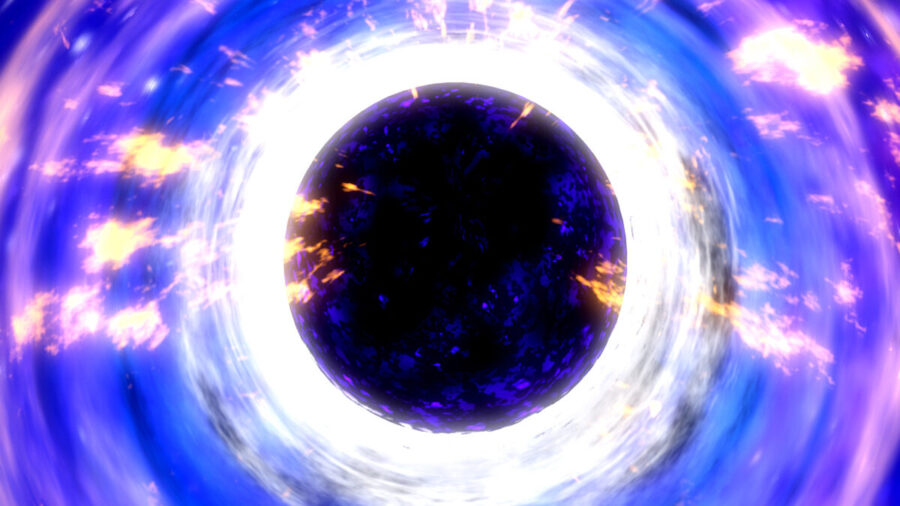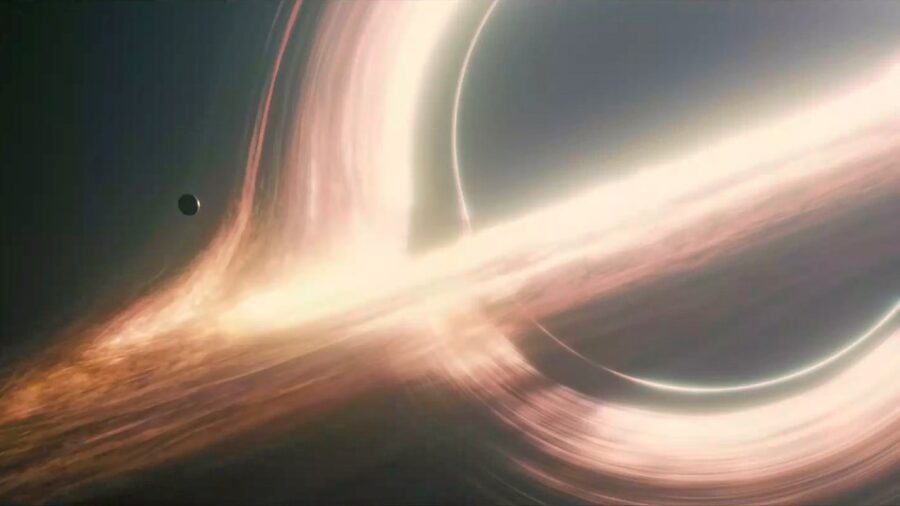Research Proves the Universe Was Once Filled With Black Holes
Scientists have dsicovered black holes formed early in the history of the universe and are far more common than expected.

Black holes remain one of the great mysteries of the cosmos. A new model published in IOP Science may offer some insight into how supermassive black holes come to be. The model estimates their masses in other galaxies and calculates gravitational waves.
Gravitational waves are like wrinkles in spacetime emitted when massive objects, such as black holes, interact. Special observatories, such as the Laser Interferometer Gravitational-Wave Observatory, or LIGO, have taken on the nearly impossible task of detecting these waves, which were only theoretical until 2015.
Astrophysicists have been able to confidently measure the density of black holes within the Milky Way galaxy, but outside of the galaxy, that data does not exist. A new model estimated black hole densities in some of the universe’s largest galaxies in order to determine the gravitational wave background such celestial bodies could generate.
The model provided unexpected results. It postulated that large galaxies existed earlier than was previously thought, leading to the theory that supermassive black holes may form faster than once suspected.
If the model is accurate, it could completely alter astrophysicists’ understanding of the mysterious celestial bodies’ life cycle. However, because the model is not built with actual measurements, its results must be taken with a grain of salt. Even so, the findings may be on the right path toward understanding how black holes form and grow.

One of the great mysteries is the missing link, the intermediate-mass black hole. Scientists have found relatively small black holes, dubbed stellar-mass black holes, throughout the galaxy. Supermassive black holes act as gravitational anchors, providing a center for entire galaxies to form around.
Even the ultramassive black hole, classified as a mass more than 10 billion times the mass of the Sun, has now been found. But between the extremely large supermassive and relatively small stellar-mass black holes, there is nothing.
This has left scientists scratching their chins for some time. How do stellar-mass black holes become supermassive? Where are the in-between stage holes? Accurately measuring ancient, large mass objects in other parts of the universe could help clarify how such celestial bodies come to be.

Gravitational waves are another piece of the puzzle. The more these waves can be measured and understood, the more they could offer insight into the large-scale interactions that helped shape the universe.
Einstein predicted gravitational waves decades ago, but the phenomenon was not first detected until 2015. Now labs like LIGO, Virgo, and the work-in-progress space-based observatory LISA are taking steps toward further detecting, interpreting, and understanding these wrinkles in spacetime that result from black holes.
While the latest findings about early black holes could prove to be a turning point in understanding the universe, the model that yielded these findings may still be a bit too theoretical.
In spite of that, it yields intriguing results that will be interesting to see how research from the growing field of gravitational wave observation and the measurements of black holes across the universe fill in the gaps.












